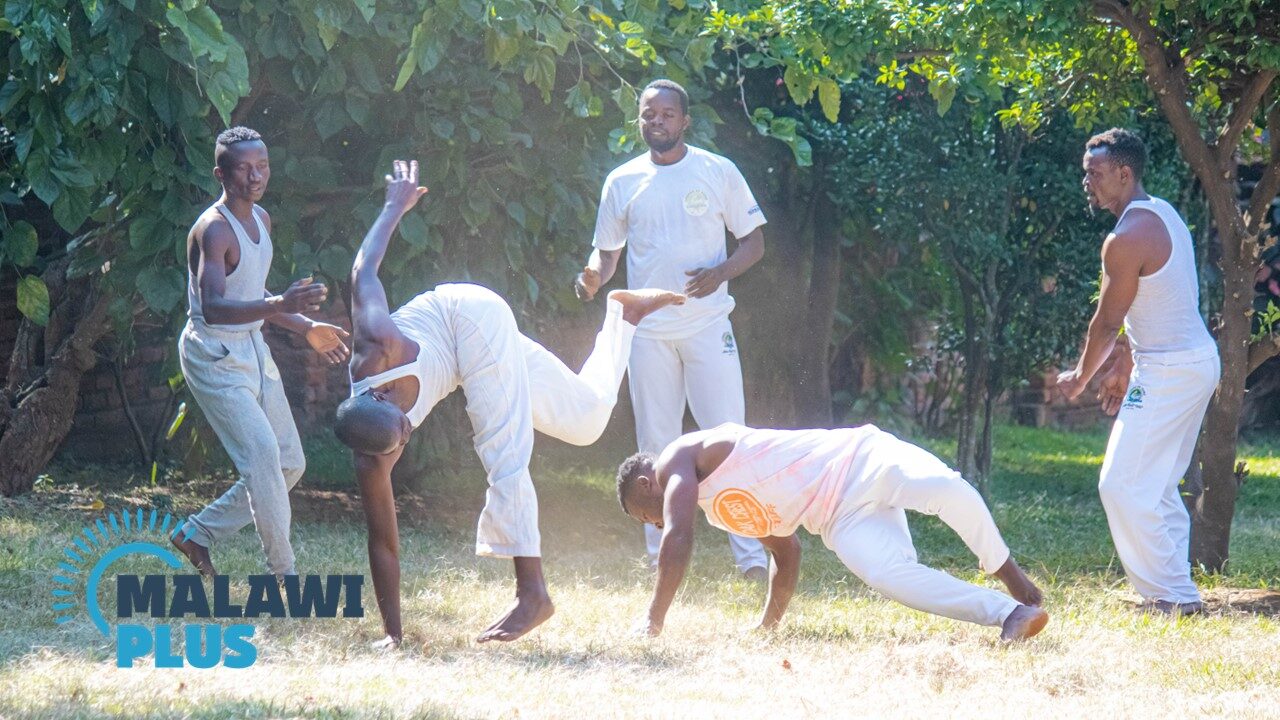Capoeira at Tingathe in Lilongwe
About Tingathe Capoeira
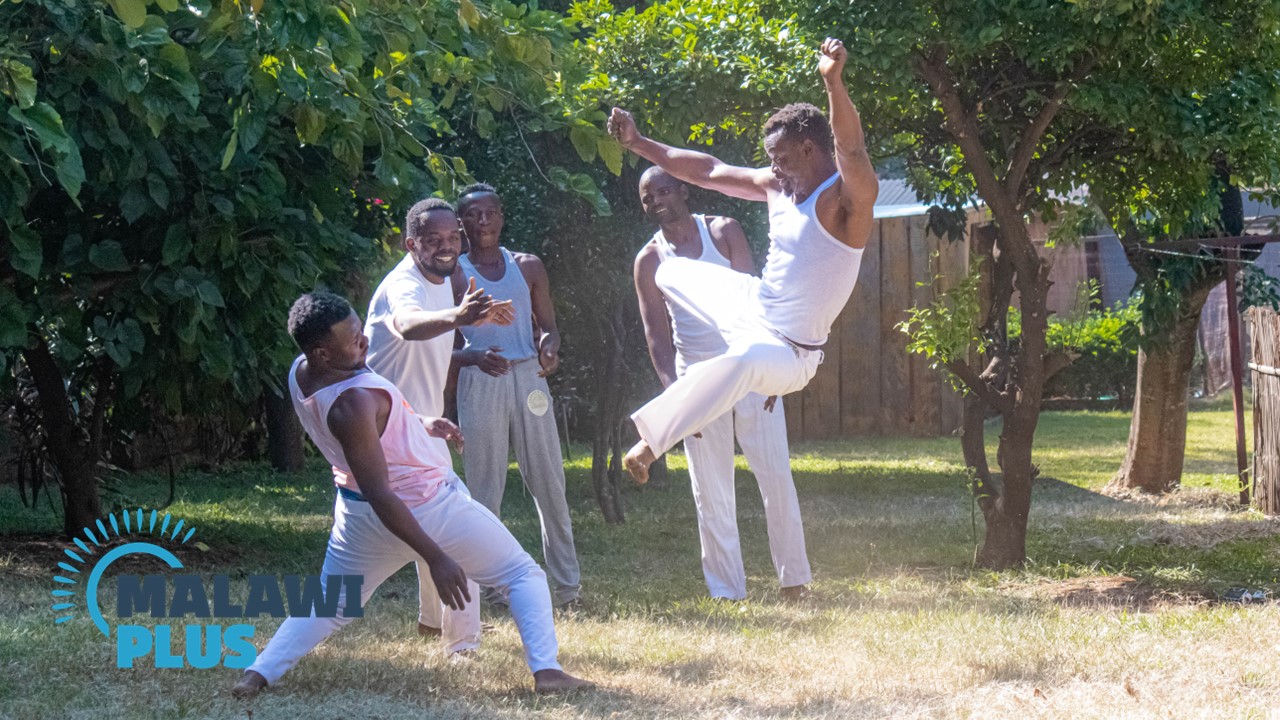
| Name | Tingathe Capoeira |
|---|---|
| Location | Area 12, off Dunduzu Road, Lilongwe |
| Phone | +265 (0) 999 912 536, +265 (0) 996 071 336 |
| Opening Hours | Children (5-12 years old) 15:00-16:00 (Mon), 10:00-11:00 (Sat) Adult 7:30-9:00 (Wed), 16:00-17:00 (Sat) |
| Fees | Children (5-12 years old) MK3,000 per session Adult MK6,000 per session |
Instructors
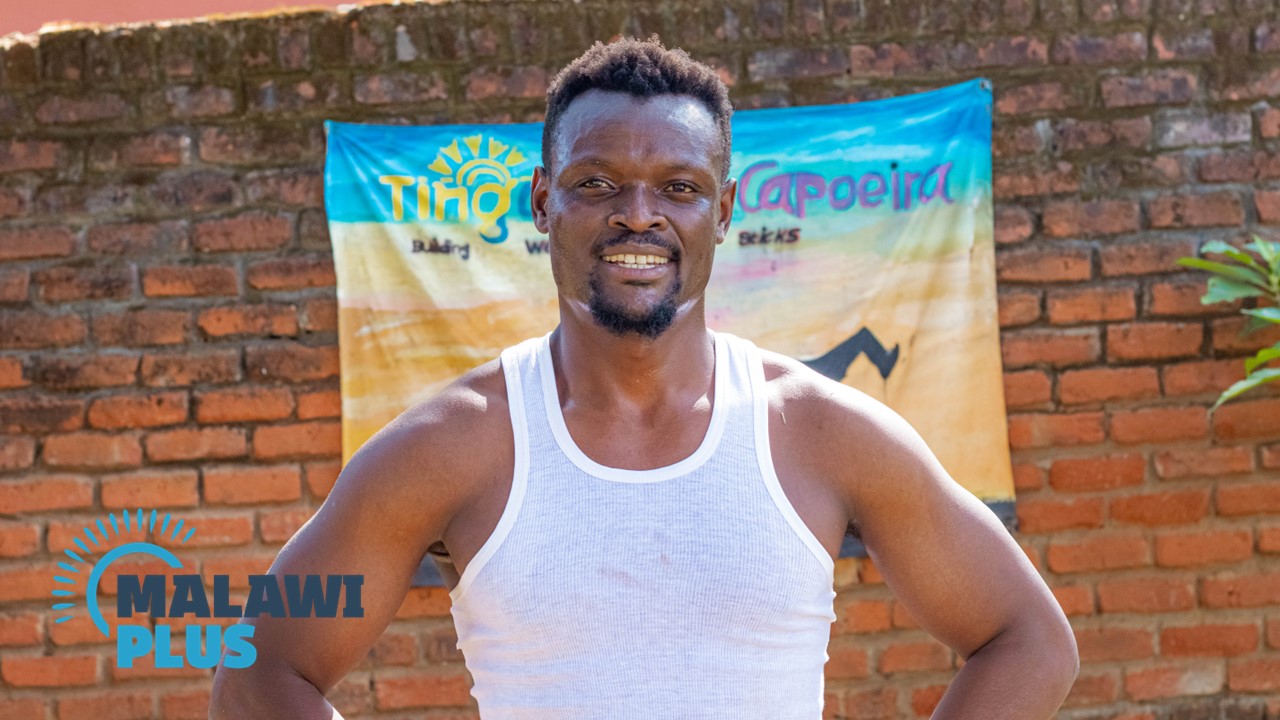 Name: Aubrey Lindeire
Name: Aubrey Lindeire
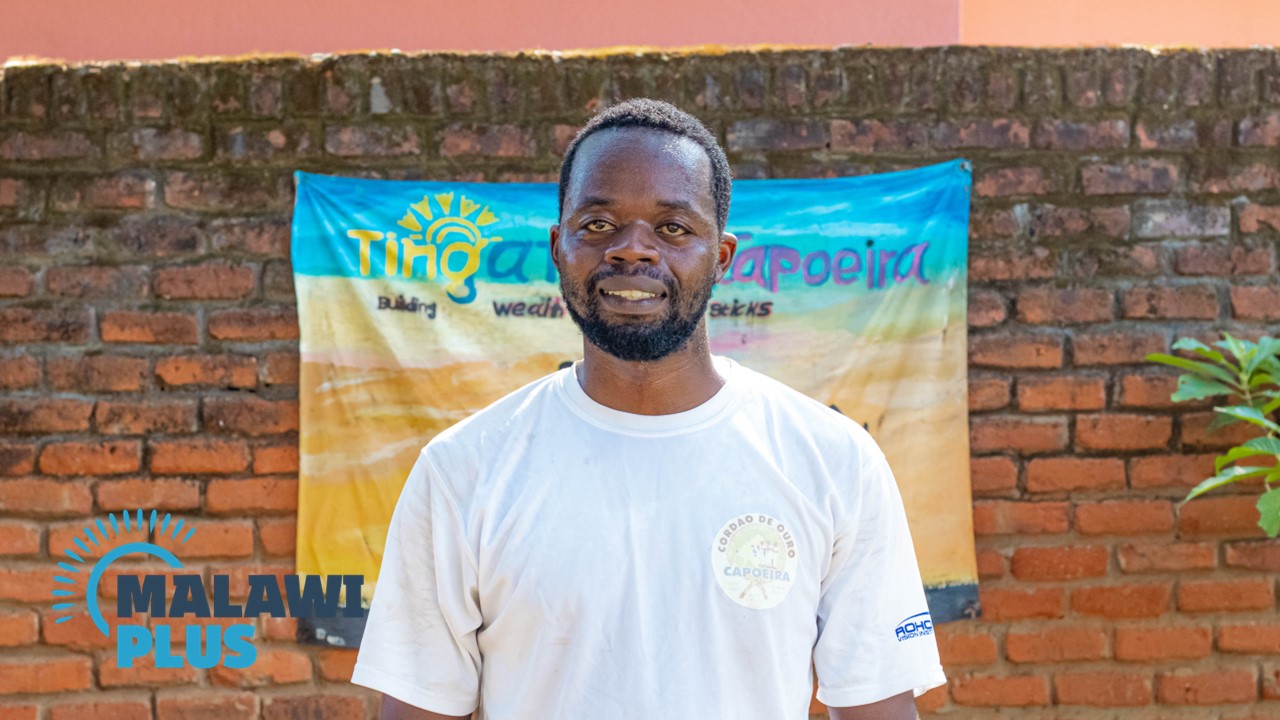 Name: Precious Ndobvi
Name: Precious Ndobvi
What is Capoeira?
Capoeira is an Afro-Brazilian martial art that incorporates acrobatics, dance, self-defense, fight and music.
Capoeira was originally practiced by enslaved Africans in Brazil.
Rather than rigid positions, it promotes flowing motions.
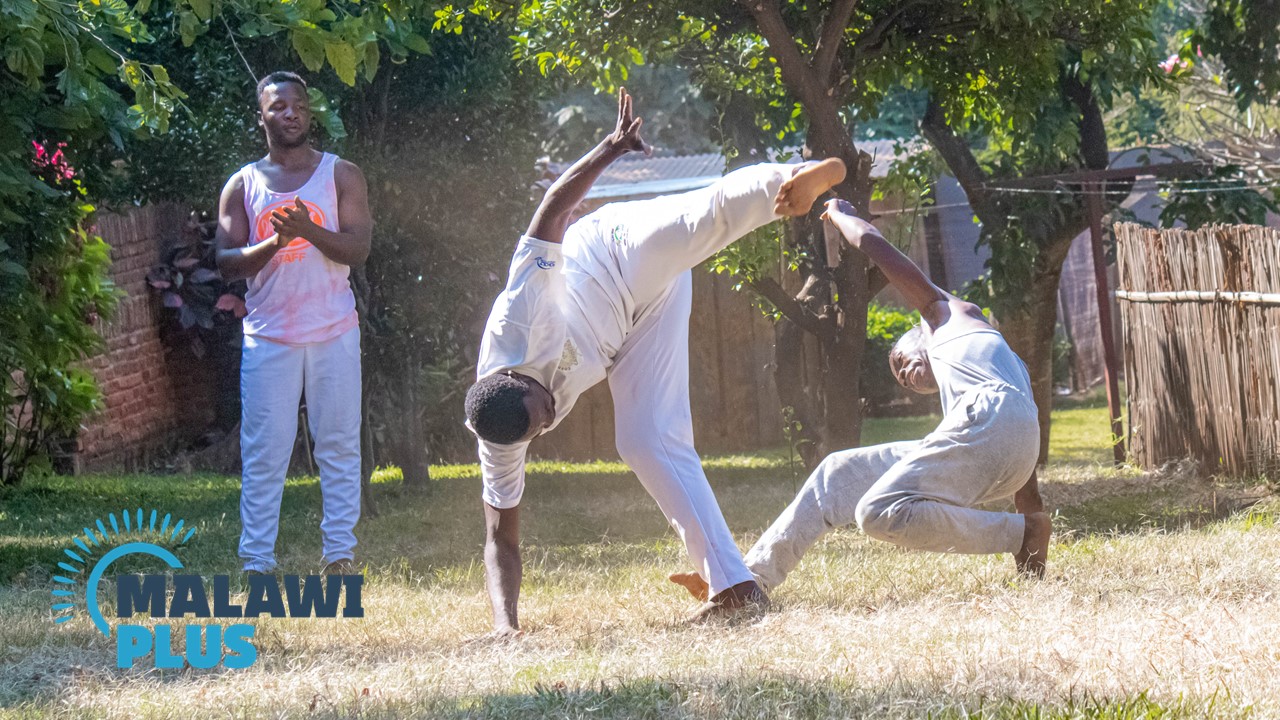
In recent years, it has gained a lot of popularity as a mind and body form of exercise.
While other martial artists fight or spar, Capoeiristas “play” capoeira, as a reflection of its historical roots as well as its flexible nature.
Rather than two individuals alone on a straight-edged mat, capoeira comprises of two Capoeiristas interacting and changing each other inside a circle, called a roda (“haw-dah”).
Those forming the surrounding circle contribute by singing, clapping, and playing Afro-Brazilian musical instruments, and are charged with keeping the energy high and positive.
The two capoeira players inside the circle draw on a repertoire of kicks, escapes, and other movements they have learned in order to dodge and trick their opponent.
At the same time, they attempt to portray physical prowess, personality, creativity, humour and keen awareness in the ever-evolving situation of the current “game”.
The underlying philosophy of Capoeira as a martial art is evasion over disruption, smoothly slipping out of the way of an incoming strike rather than abruptly blocking them or better yet, absorbing and transforming the attack into a creative counter-movement.
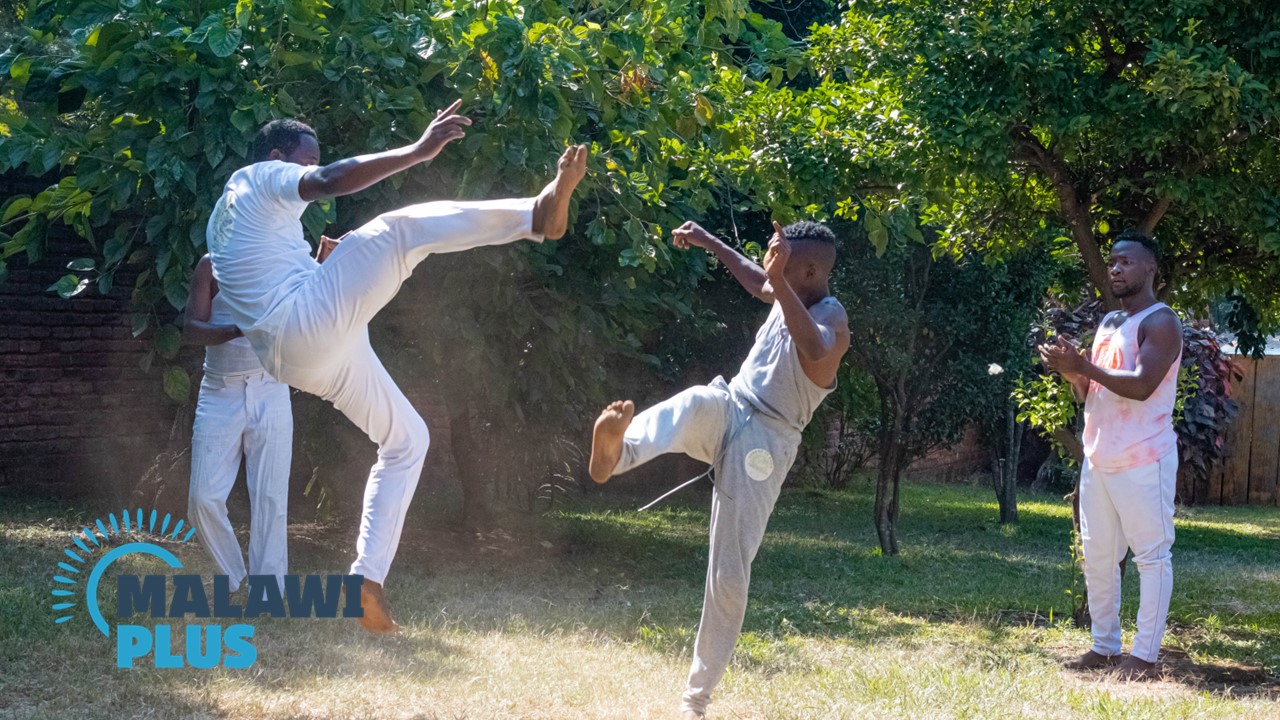
4 Reasons to Try Capoeira
1. Appreciation for Cultural Diversity
Since Capoeira is a multi-cultural form of art, people that practice it usually come from different cultures.
This means that Capoeristas get to interact with different cultures and can even learn a new language.
Capoeira is often performed with Portuguese music in the background and singing along can help one learn the language easily.
2. Flexibility
It enhances your flexibility and sense of rhythm.
Capoeira develops mobility throughout muscles and joints when you bend, twist, curl and stretch during the routine.
Improving your flexibility lowers the risks of injury in everyday mobility.
3. Strength
It boosts your strength.
Most of the capoeira movements require handstands, rolls and poses that develop the upper body muscles thereby increasing upper body strength.
Other movements also engage the abs and core strength.
4. A Sense of Community
A sense of belonging is vital to a person’s mental health.
Capoeira is a unique martial art in that it comes with a sense of community buit into the framework.
Its techniques are largely passed down through oral tradition.
A Capoeira group is like a family.
Most people join a Capoeira group become a tightly knit group of instructors, students and fellow practitioners.
When you deepen your understanding of Capoeira’s rich heritage, music and culture, you can’t help but feel like you’re part of something greater.

